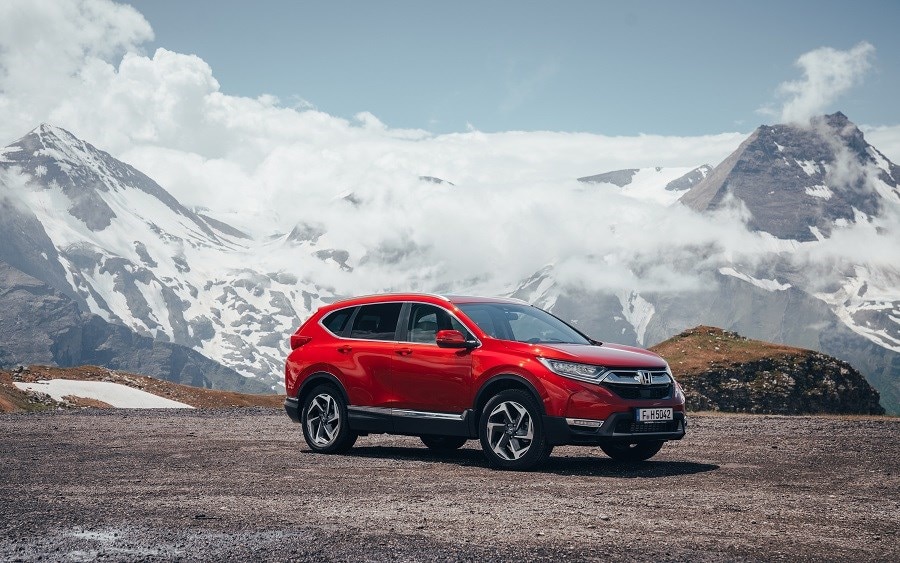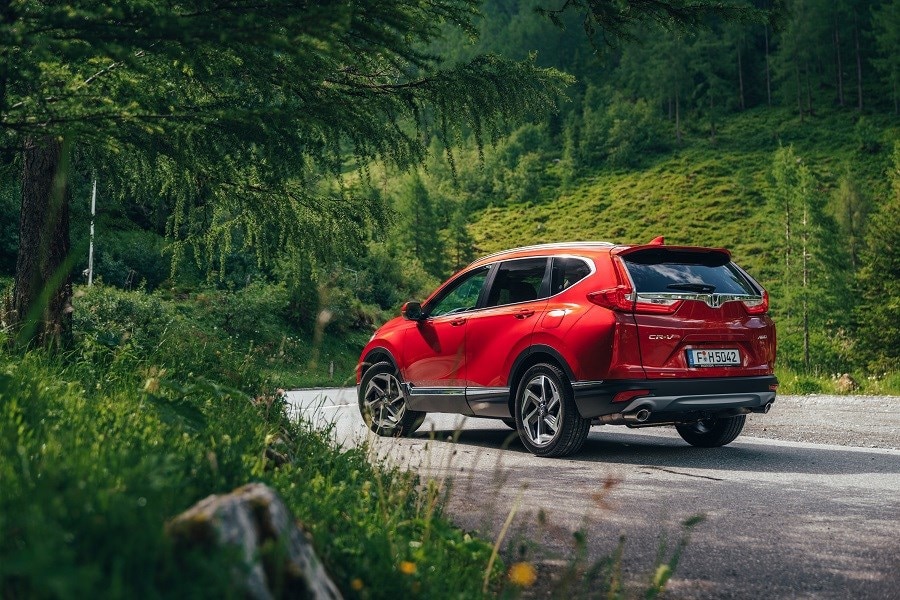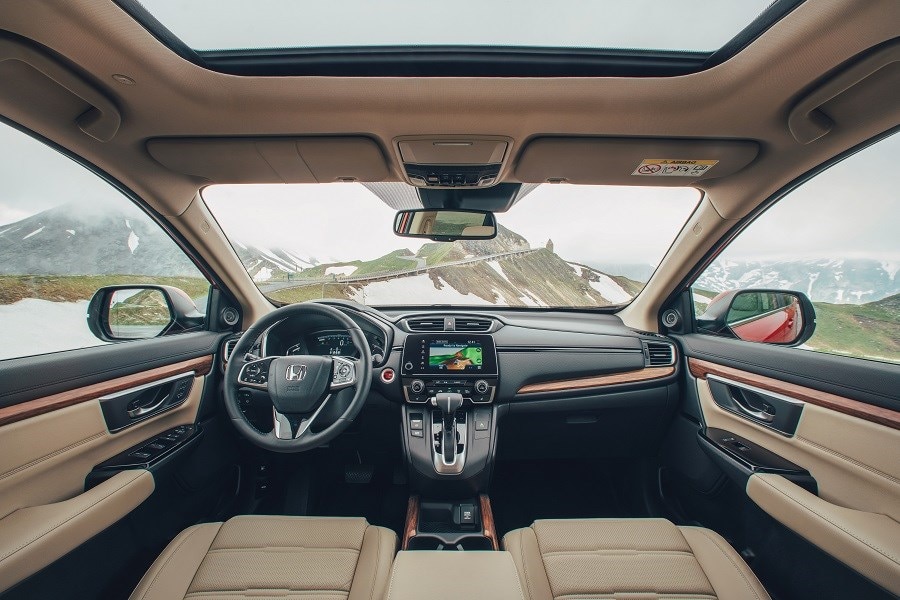Model Review
First introduced to the UK in 1997, the Honda Comfortable Runabout Vehicle, or CR-V for short, was the first true high-volume crossover and helped to set the template for all future ‘soft-roaders’ – helping lay the foundations for today’s hugely popular crossover market.
Designed to be both practical and extremely reliable, the first couple of generations suffered from having less-than-premium interiors, especially in lower specifications but with only the Toyota RAV4 as its main rival, the CR-V was proud to be popular.
By the time the fourth generation came around in 2012—after the CR-V had posted more than five million global sales through its first three iterations—the rest of the motoring industry had caught onto the crossover trend and were beginning to produce similarly sized and styled alternatives.
The fourth CR-V was introduced into a bloated SUV market, where premium and affordable brands were providing a range of crossover challengers to the CR-V. But what sets Honda apart from many of its competitors is the range’s ferocious reliability that many can’t match. With their technological innovations on top of that, the brand’s reputation helps to push many of its models to the general population, rather than to the keen motorist.
In 2015, Honda updated the fourth generation with a cosmetic facelift and a revised range of powertrains, which helped provide a more premium feel and more efficient driving through its diesel engine combinations.
But anti-diesel sentiment caused Honda to change direction in 2018, with the latest update to the CR-V featuring a petrol-only engine range to move in line with contemporary trends.





